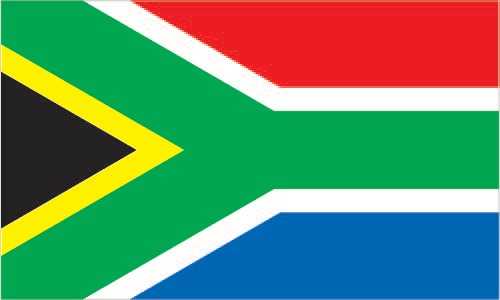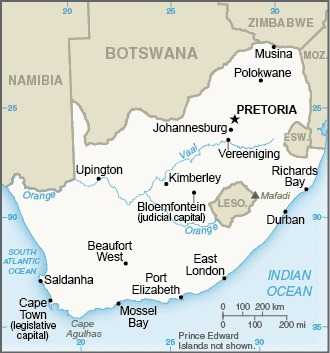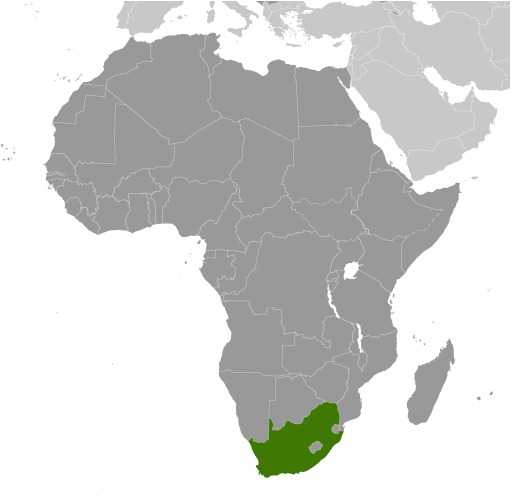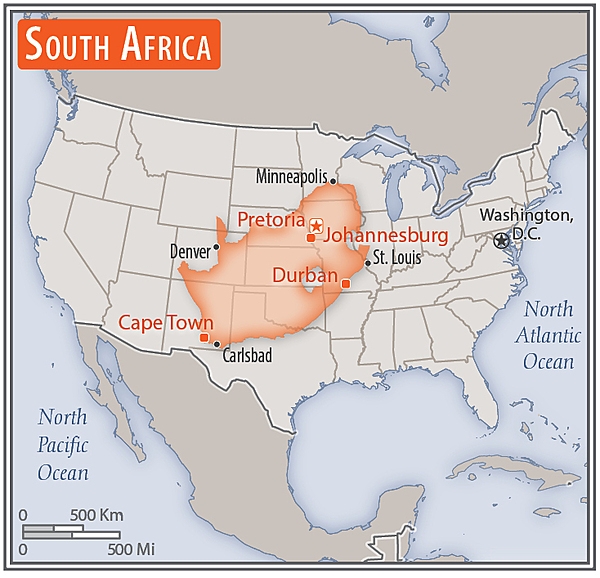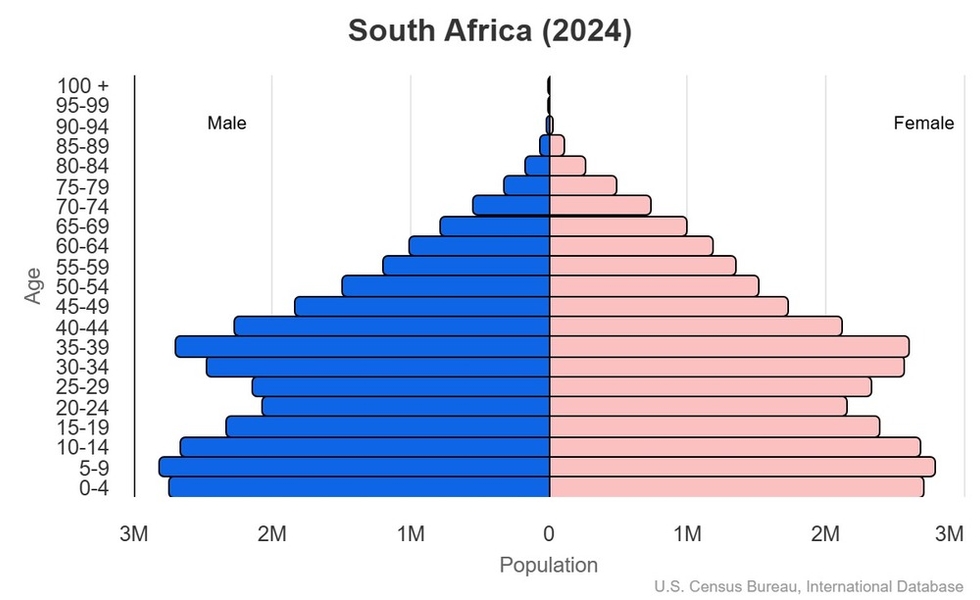Introduction
Visit the Definitions and Notes page to view a description of each topic.
Geography
People and Society
Population
comparison rankings: total 25; male 24; female 25
Median age
comparison ranking: total 134
Population growth rate
comparison ranking: 87
Birth rate
comparison ranking: 85
Death rate
comparison ranking: 132
Net migration rate
comparison ranking: 100
Maternal mortality ratio
comparison ranking: 60
Infant mortality rate
comparison ranking: total 76
Life expectancy at birth
comparison ranking: total population 166
Total fertility rate
comparison ranking: 80
Obesity - adult prevalence rate
comparison ranking: 30
Alcohol consumption per capita
comparison ranking: total 58
Tobacco use
comparison ranking: total 69
Children under the age of 5 years underweight
comparison ranking: 69
Education expenditure
comparison ranking: Education expenditure (% GDP) 30
Environment
Carbon dioxide emissions
comparison ranking: total emissions 12
Government
Economy
Real GDP (purchasing power parity)
comparison ranking: 33
Real GDP growth rate
comparison ranking: 187
Real GDP per capita
comparison ranking: 131
Inflation rate (consumer prices)
comparison ranking: 134
GDP - composition, by sector of origin
comparison rankings: agriculture 133; industry 95; services 70
Industrial production growth rate
comparison ranking: 141
Labor force
comparison ranking: 25
Unemployment rate
comparison ranking: 189
Youth unemployment rate (ages 15-24)
comparison ranking: total 2
Public debt
comparison ranking: 44
Taxes and other revenues
comparison ranking: 13
Current account balance
comparison ranking: 153
Reserves of foreign exchange and gold
comparison ranking: 37
Debt - external
comparison ranking: 10
Energy
Electricity
comparison rankings: installed generating capacity 21; consumption 23; exports 20; imports 23; transmission/distribution losses 190
Energy consumption per capita
comparison ranking: 61
Communications
Telephones - fixed lines
comparison ranking: total subscriptions 60
Telephones - mobile cellular
comparison ranking: total subscriptions 16
Broadband - fixed subscriptions
comparison ranking: total 58
Transportation
Merchant marine
comparison ranking: total 86

